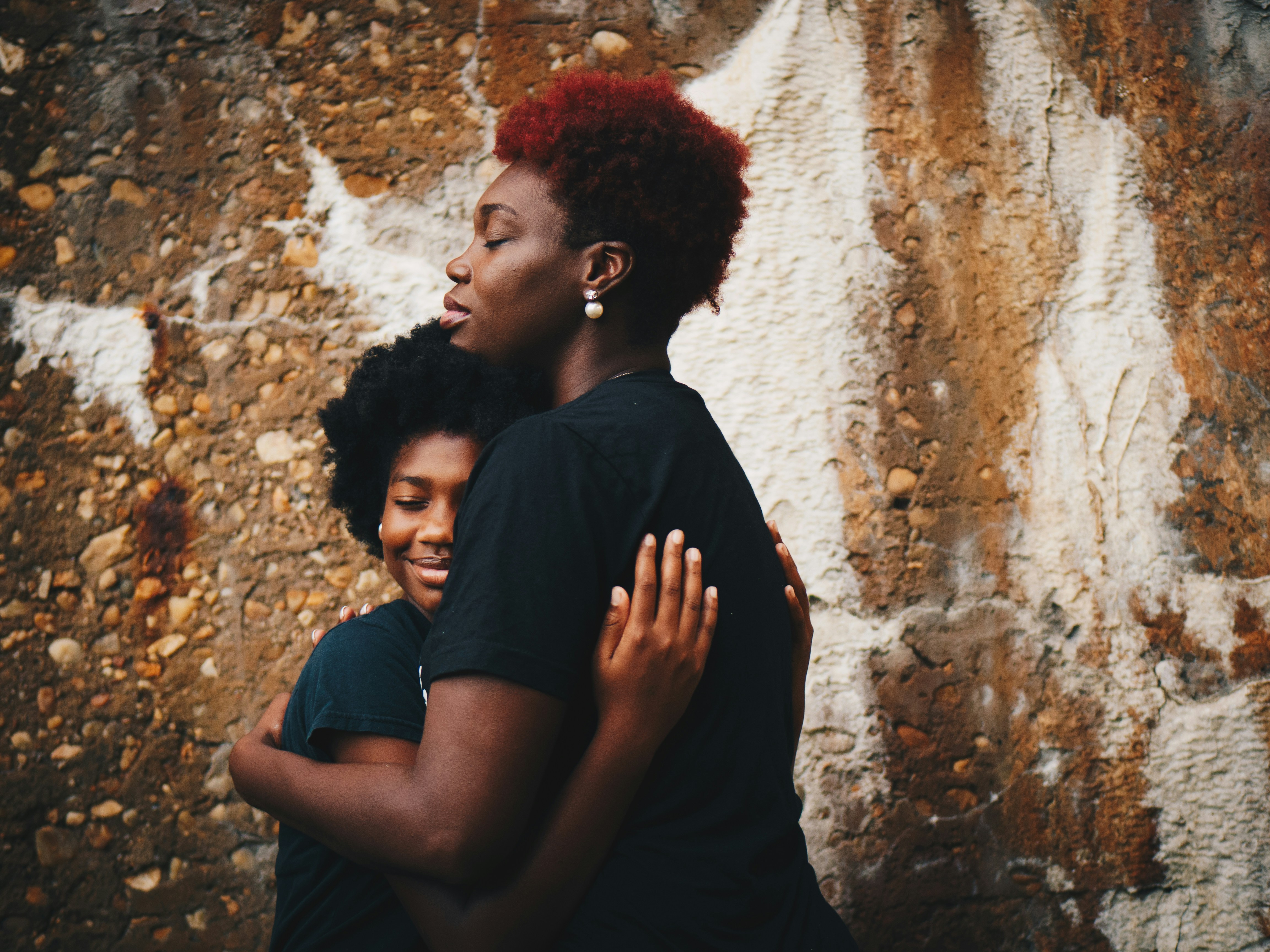Bridging the Gap: How Intergenerational Storytelling Strengthens Family Bonds
Published on August 3, 2024
Bridging the Gap: How Intergenerational Storytelling Strengthens Family Bonds

In an era of rapid technological advancement and constant digital connectivity, it's easy to overlook one of the most powerful tools for family bonding and personal growth: storytelling. Intergenerational storytelling, in particular, offers a unique opportunity to bridge gaps between family members of different ages, fostering understanding, empathy, and a sense of shared identity.
The Power of Shared Narratives
When grandparents share stories of their youth with their grandchildren, or when parents recount their own childhood experiences to their kids, something magical happens. These narratives become a bridge across time, connecting generations and providing context for family traditions, values, and cultural heritage.
Research has shown that children who know more about their family history tend to have:
- Higher self-esteem
- Better coping skills
- Stronger sense of control over their lives
- Greater family cohesiveness
Creating Space for Stories
In our busy lives, it's crucial to intentionally create opportunities for storytelling. This could be:
- Designating a weekly "story night" during family dinner
- Encouraging grandparents to record video messages sharing their experiences
- Creating a family history scrapbook together
- Using holidays and family gatherings as opportunities to share and document family lore
The Role of Technology
While face-to-face storytelling is irreplaceable, technology can play a supportive role in preserving and sharing family stories. Apps and platforms that allow for easy recording, transcription, and sharing of audio or video stories can help families capture and revisit these precious narratives.
Embracing Vulnerability
One of the most powerful aspects of intergenerational storytelling is its ability to humanize family members across age groups. When grandparents share stories of their struggles and triumphs, it helps younger generations see them as real people who have faced challenges and grown from them. Similarly, when younger family members share their experiences, it can help older generations better understand the unique pressures and perspectives of growing up in today's world.
A Tool for Mental Well-being
The act of sharing personal stories can be therapeutic, both for the teller and the listener. It provides an opportunity for reflection, validation, and connection. For older family members, it can be a way to find meaning and purpose in their life experiences. For younger members, it can provide valuable life lessons and a sense of rootedness.
Conclusion
In a world that often feels fragmented and fast-paced, intergenerational storytelling offers a way to slow down, connect, and build stronger family bonds. By creating space for these shared narratives, we not only preserve our family histories but also foster understanding, empathy, and resilience across generations.
If you're looking for more ways to strengthen family communication and build deeper connections, consider trying Thinker, an AI-powered tool designed to improve relationships and foster positive interactions within families.


